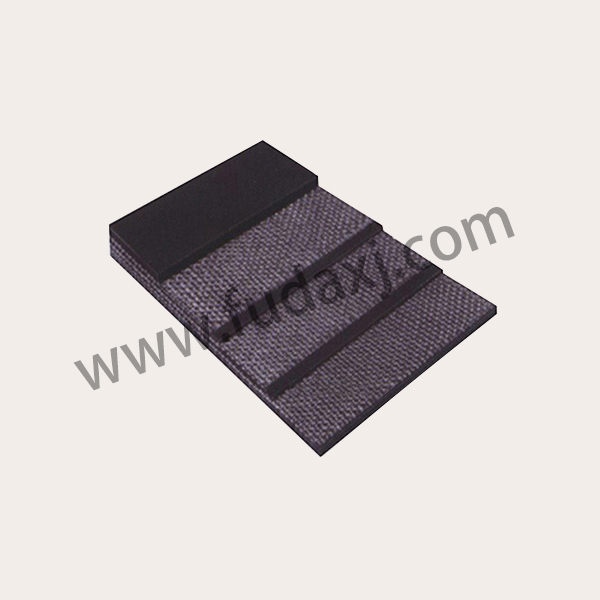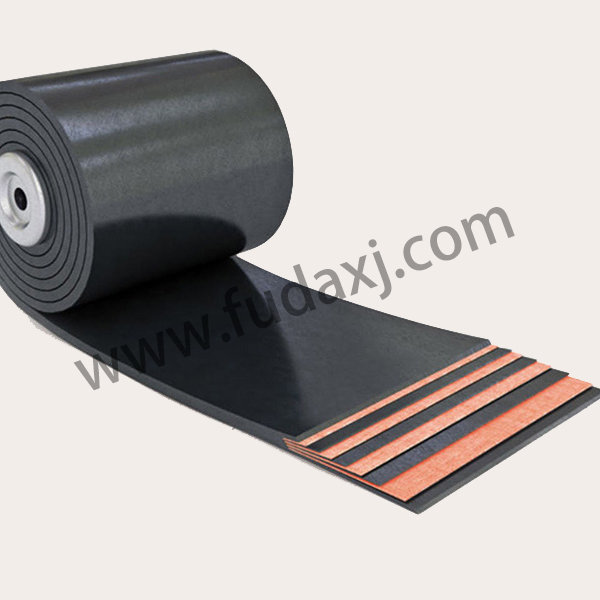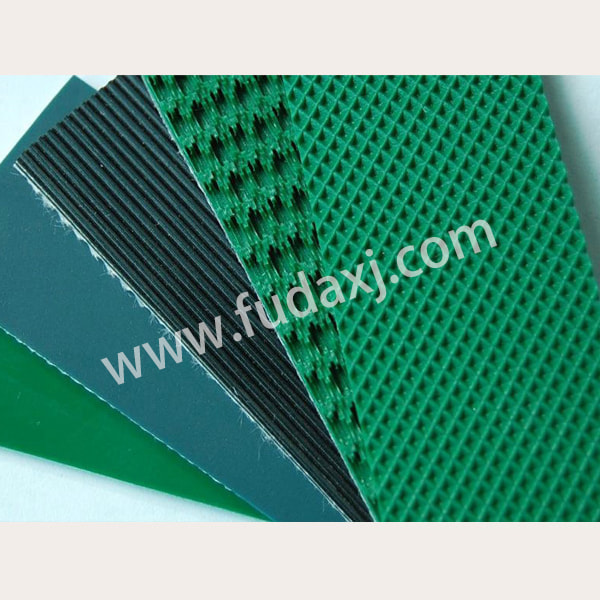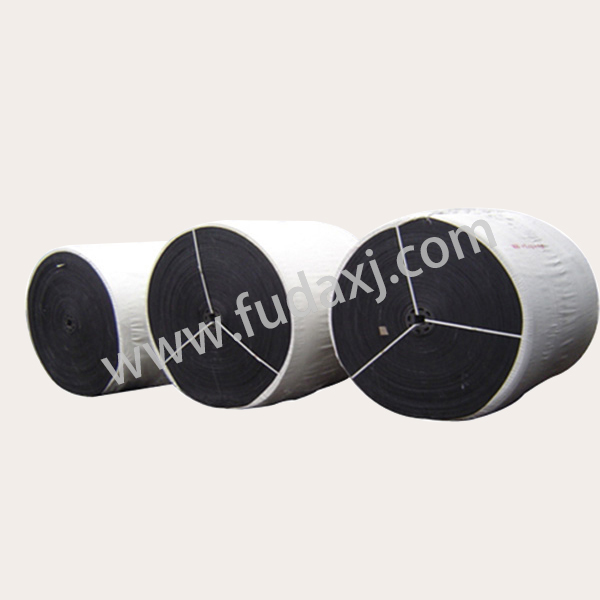
How should the conveyor belt do the formula work? Which of the following problems should be paid attention to?
1. It is necessary to know the basic properties of polymers, especially the weather resistance, pressure change, rebound, tearing, wear resistance, acid and alkali resistance, oil resistance, electrical properties and bonding with metals of special rubber. to the heart.
2. It is necessary to have a full understanding of the processing properties of various rubber materials. It is best to be able to master the processing methods of plasticizing, mixing, extrusion, calendering, molding, vulcanization, etc., and it is best to be able to operate and experience it personally.
3. It is necessary to be familiar with the different representation methods of formulas, and be able to master and convert them wisely and proficiently. For example, when determining the production formula, it should be converted into weight according to the capacity (volume) of the internal mixer; when determining the amount of rubber used for molding, the density of different rubber materials should also be considered, and the weight of the rubber used is also different.

4. It is necessary to master and apply the chemical composition analysis of raw and auxiliary materials, physical and mechanical properties of rubber compounds and finished products and test methods, and in turn guide the adjustment and optimization of formula according to the test data.
5. The performance indicators, characteristics, advantages and disadvantages of commonly used compounding agents for vulcanization, reinforcing filling, protection, softening, and pigments, the optimal number of parts used, and the influence on the main physical and mechanical properties of the product, and the relationship between them. The number of substitutes, the price, etc. should be well established and used freely.
6. Do a good job in the daily maintenance and optimization of the formula. No formula is immutable. It is necessary to adjust and optimize the production formula in time according to the changing situation, such as replacing the original non-environmental materials with new better performance materials, etc., to keep pace with the times, adapt to the new situation, and develop new formulas .
7. To be cost-conscious, to have a full understanding of the market price of materials, and to reduce costs as much as possible on the premise of meeting the physical and mechanical properties and processing performance required by customers when optimizing formulations, so as to achieve the best cost-effectiveness.
8. Participate in exchanges, study and think more, refer to the formula characteristics of peers, especially masters, and make more comparisons, not only to know the truth but also the reason, so as to learn from others' strengths to complement one's own weaknesses, and constantly improve yourself. s level
 English
English 简体中文
简体中文 Español
Español عرب
عرب
 English
English





 Fax: 0086-576-83019528
Fax: 0086-576-83019528